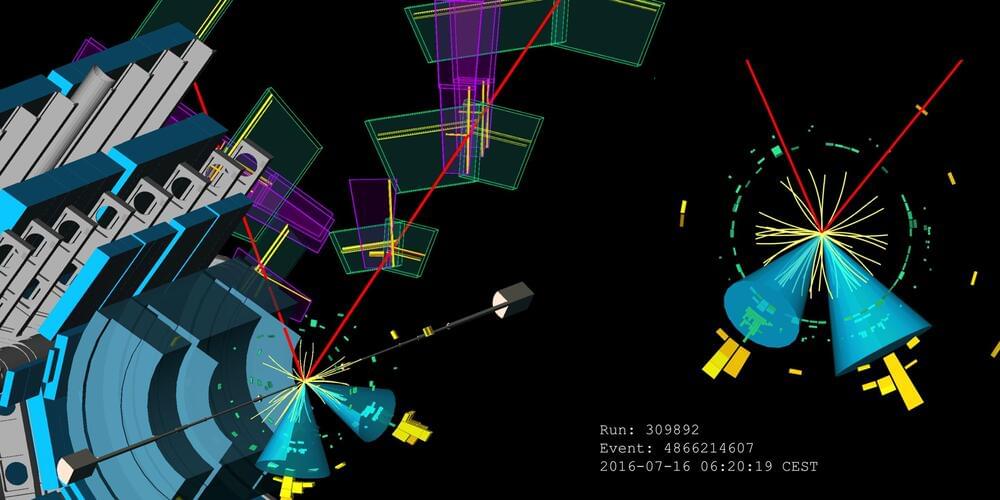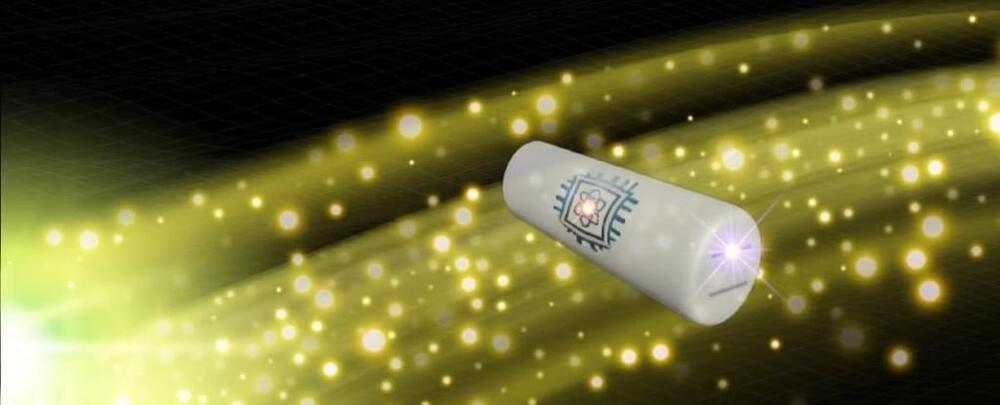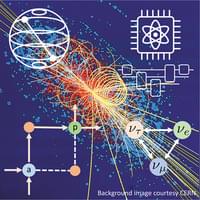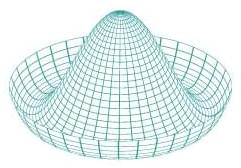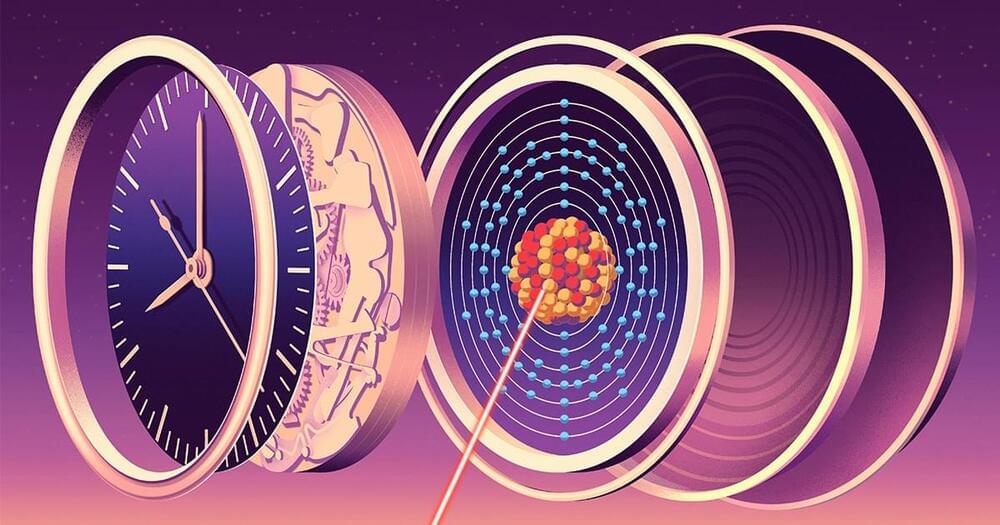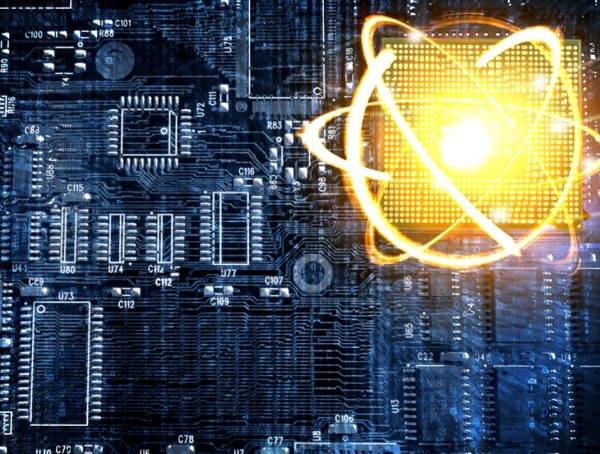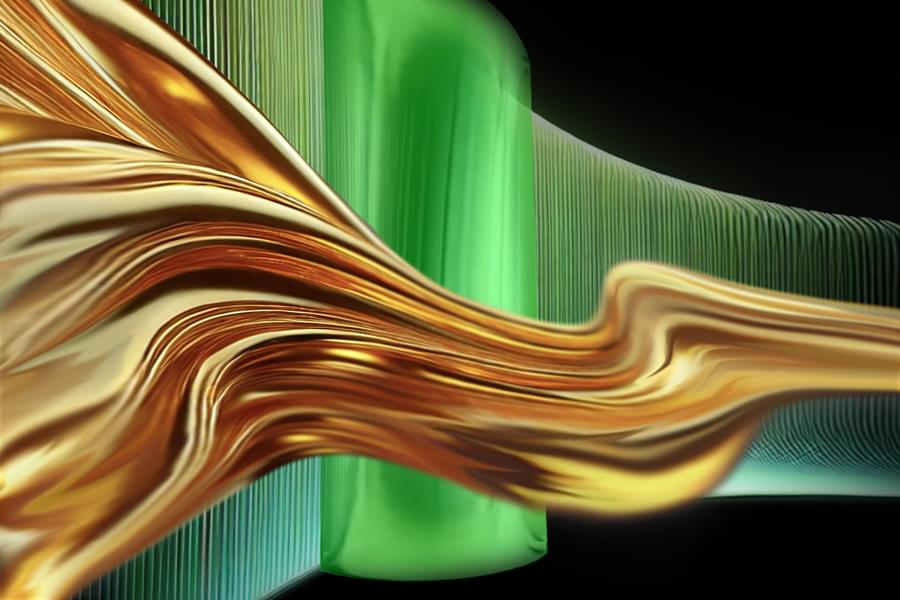
Typically, electrons are free agents that can move through most metals in any direction. When they encounter an obstacle, the charged particles experience friction and scatter randomly like colliding billiard balls.
But in certain exotic materials, electrons can appear to flow with single-minded purpose. In these materials, electrons may become locked to the material’s edge and flow in one direction, like ants marching single-file along a blanket’s boundary. In this rare “edge state,” electrons can flow without friction, gliding effortlessly around obstacles as they stick to their perimeter-focused flow. Unlike in a superconductor, where all electrons in a material flow without resistance, the current carried by edge modes occurs only at a material’s boundary.
Now MIT physicists have directly observed edge states in a cloud of ultracold atoms. For the first time, the team has captured images of atoms flowing along a boundary without resistance, even as obstacles are placed in their path. The results, which appear in Nature Physics (“Observation of chiral edge transport in a rapidly rotating quantum gas”), could help physicists manipulate electrons to flow without friction in materials that could enable super-efficient, lossless transmission of energy and data.
